Seongbuk-dong Jip(성북동집)
8.4Km 2020-12-24
4 Seongbuk-ro 24-gil Seongbuk-gu Seoul
+82-2-747-6234
This restaurant in Seongbuk-dong is famous for its Kalguksu (chopped noodle soup) and dumplings. This restaurant's signature menu is noodle soup. This Korean dishes restaurant is located in Seongbuk-gu, Seoul.
Seongbuk-dong Jip (성북동집)
8.4Km 2021-03-29
4, Seongbuk-ro 24-gil, Seongbuk-gu, Seoul
+82-2-747-6234
This restaurant in Seongbuk-dong is famous for its Kalguksu (chopped noodle soup) and dumplings. This restaurant's signature menu is noodle soup. This Korean dishes restaurant is located in Seongbuk-gu, Seoul.
Changgyeonggung Palace (창경궁)
8.4Km 2024-10-31
185 Changgyeonggung-ro, Jongno-gu, Seoul
+82-2-762-4868
Located in the heart of Seoul, Changgyeonggung Palace was originally built as Suganggung Palace by the 4th ruler of the Joseon dynasty, King Sejong (r.1418-1450), for his retiring father, King Taejong. It often served as residential quarters for queens and concubines. During the reign of King Seongjong (r.1469-1494), the palace was renovated and renamed to Changgyeonggung Palace. It later became a park with a zoo and a botanical garden during Japanese colonial rule. The palace grounds remained this way until 1983 when restoration of its old grace was completed.
Seoul Bangidong Ancient Tombs (서울 방이동 고분군)
8.4Km 2022-12-29
219, Ogeum-ro, Songpa-gu, Seoul
+82-2-2147-2800
The ancient tombs in Bangi-dong were discovered during the land readjustment project of Jamsil-jigu District in 1975. A total of eight ancient tombs were excavated until 1976, and the site was restored into a park in 1983. The Bangi-dong area was originally a low line of hills with an altitude of 30-50 meters above sea level, but it has been made into flatland for urban development purposes. Tomb numbers 1 to 6 lie on the same hill, while tomb no. 7 and 8 are located on another hill a short distance away.
All eight tombs have circular burial mounds. The insides of the a tomb feature a square or rectangular-shaped burial chamber with earthen ground and stone walls, and a passage leading from the tomb entrance to the chamber. However, details of the burial chambers vary by tomb. Most of the tombs had been robbed before the investigation, but a few relics such as plates and pots have been excavated. At the time of excavation, the relics were presumed to have come from the Baekje dynasty (18 BC-660 AD), but it is now estimated that they date back to the Unified Silla Period (676-935 AD).
Changgyeonggung Palace Honghwamun Gate (창경궁 홍화문)
8.4Km 2021-05-27
99, Yulgok-ro, Jongno-gu, Seoul
+82-2-762-4868
Honghwamun Gate is the main gate of Changgyeonggung Palace. It has three opening gates in the front and two to the side with a sophisticated locking mechanism.
CheongKwanJang - Jamsilbon-dong Branch [Tax Refund Shop] (정관장 잠실본동)
8.4Km 2024-04-17
188, Baekjegobun-ro, Songpa-gu, Seoul
-
Gyerim Sikdang (계림식당)
8.4Km 2021-03-19
39, Donhwamun-ro, 4-gil, Jongro-gu, Seoul
+82-2-2266-6962
This is a Korean cuisine located in Jongno, Seoul. The best menu at this restaurant is spicy braised chicken. Try Korean spicy chicken dishes.
Olive Young - Chungmuro Station Branch [Tax Refund Shop] (올리브영 충무로역)
8.4Km 2024-04-18
222, Toegye-ro, Jung-gu, Seoul
-
Evita Clinic (에비타흉부외과의원)
8.4Km 2025-07-29
(5th Floor, Burda Moon Building), 815 Nonhyeon-ro, Gangnam-gu, Seoul
In 2009, Evita Clinic launched healthcare services combining cosmetic procedures and surgeries with traditional thoracic surgery.
With the number of English-speaking patients gradually increasing, all staff members have come to speak English as a common language. We are evolving into a multinational clinic committed to raising awareness of Korea's advanced medical technology across the world.
Our director is a board-certified cardiothoracic expert with extensive experience of treating heart, vascular, and pulmonary diseases, thoracic deformities, and other severe illnesses at a university hospital. Building on the experience, His private practice, established in 2008, combines more than a decade of experience in dexterously suturing micro vessels with cosmetic and reconstructive surgery, perfecting his skills even further.
Nakseonjae Hall (낙선재)
8.4Km 2021-09-30
99, Yulgok-ro, Jongno-gu, Seoul
+82-2-2148-1822
Located inside Changdeokgung Palace, Nakseonjae Hall is a one-story structure built in ikgong style (bird wing-shaped eaves placed on top of the pillars) with a hip tiled and gable roof. It has 6 kan in the front and 2 kan (traditional unit of measurement of the space between pillars) to the sides. It originally belonged to the nearby Changgyeonggung Palace, but came to be considered a part of Changdeokgung Palace in more recent years.
The hall was constructed in 1846 (12th year of King Heonjong’s reign) and it is collectively called Nakseonjae together with the adjacent Seokbokheon Hall and Sugangjae Hall.
Behind the building is a flower garden made of stacked large stones. The chimney, the flowers, and the oddly shaped stones harmoniously blend into one another to create an outstanding landscape gardening.
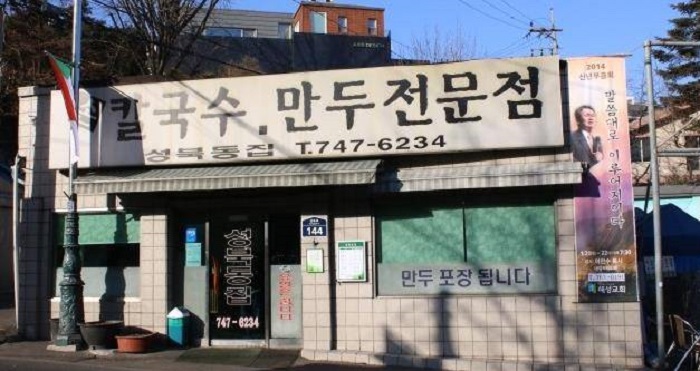
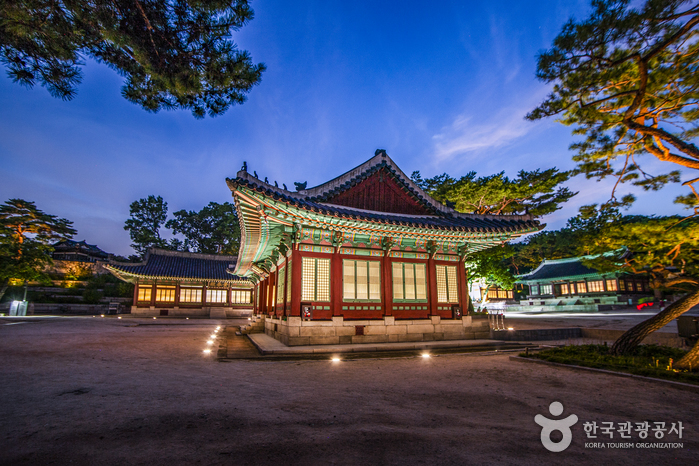
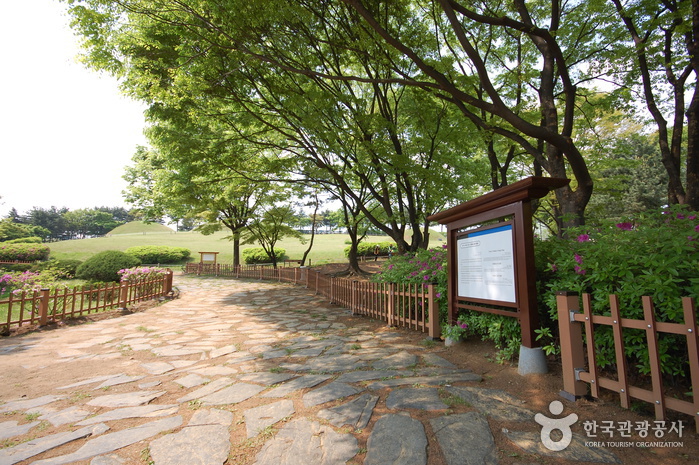
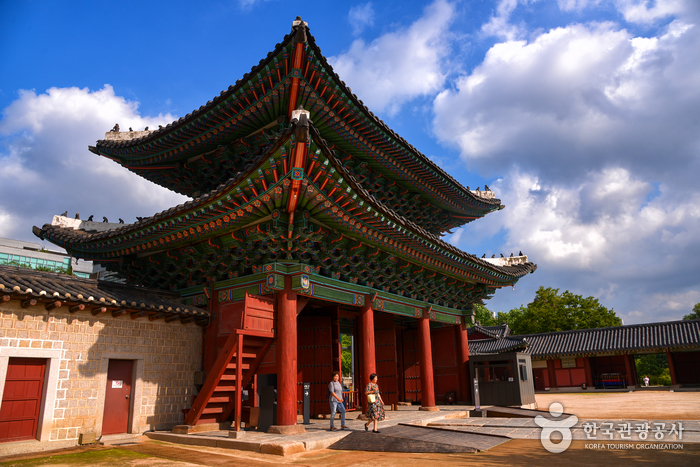
![CheongKwanJang - Jamsilbon-dong Branch [Tax Refund Shop] (정관장 잠실본동)](http://tong.visitkorea.or.kr/cms/resource/17/2879317_image2_1.jpg)

![Olive Young - Chungmuro Station Branch [Tax Refund Shop] (올리브영 충무로역)](http://tong.visitkorea.or.kr/cms/resource/68/2888868_image2_1.jpg)
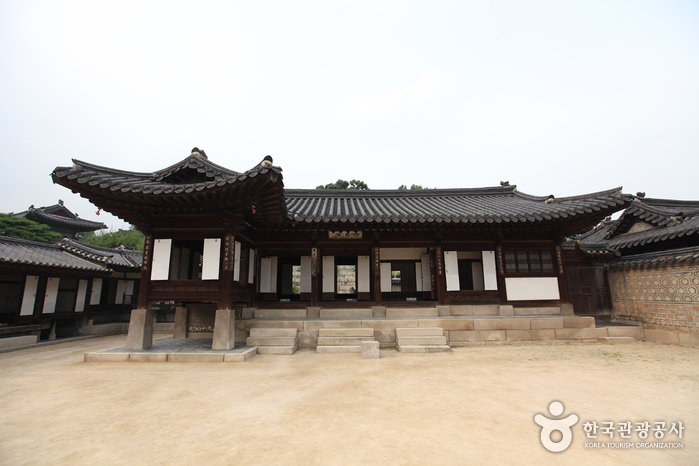
 English
English
 한국어
한국어 日本語
日本語 中文(简体)
中文(简体) Deutsch
Deutsch Français
Français Español
Español Русский
Русский